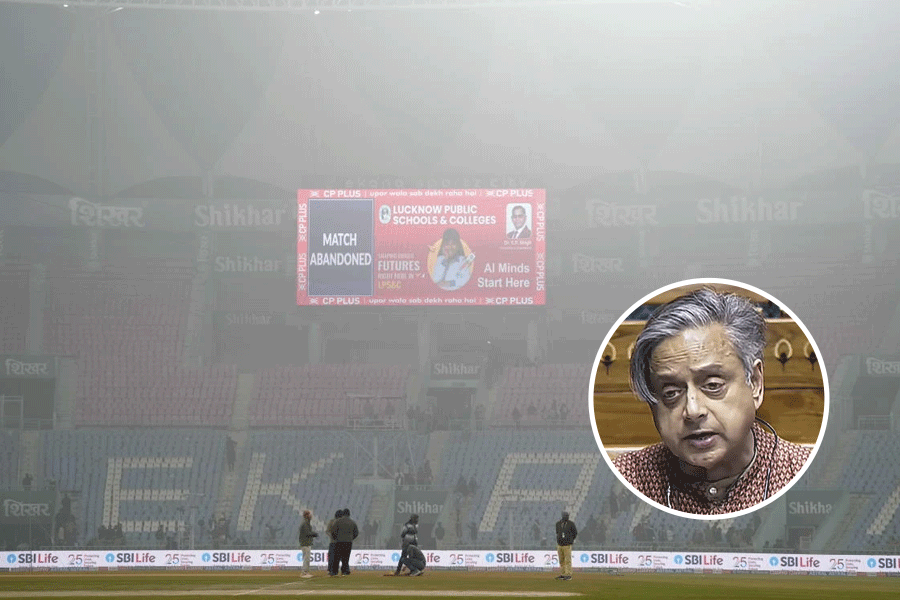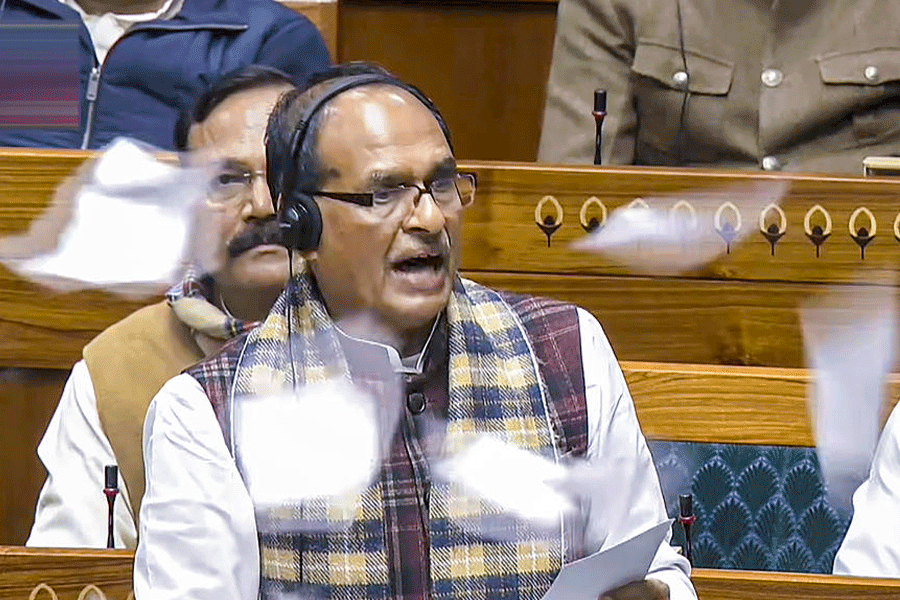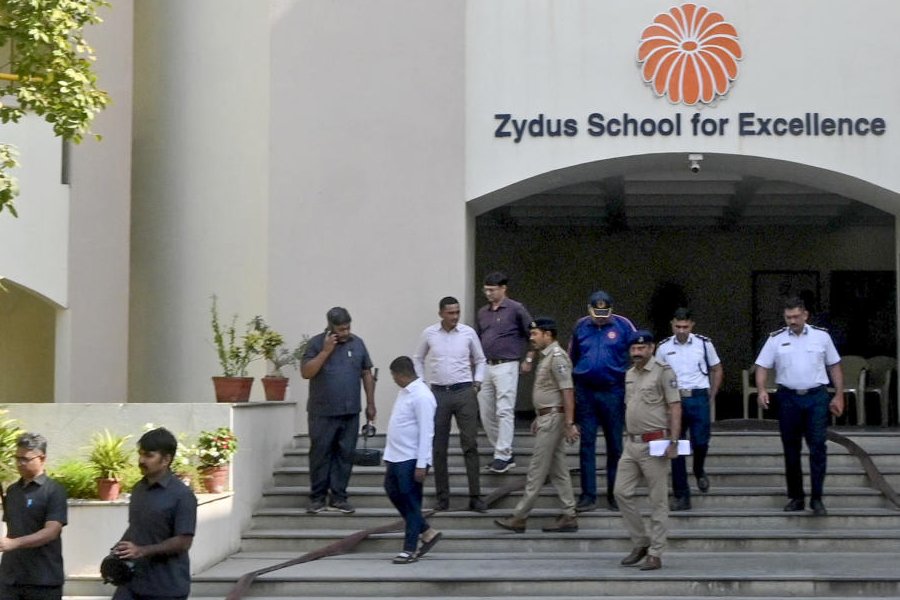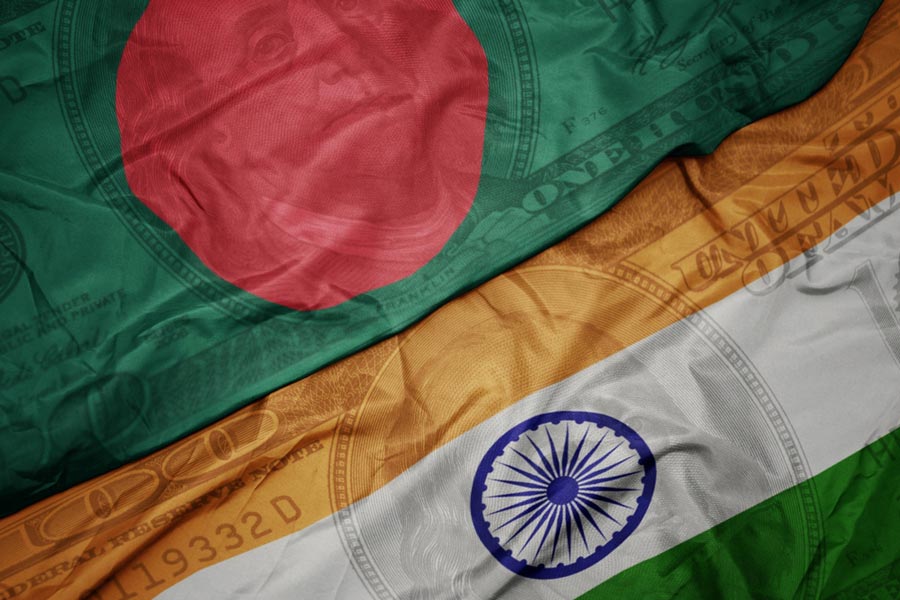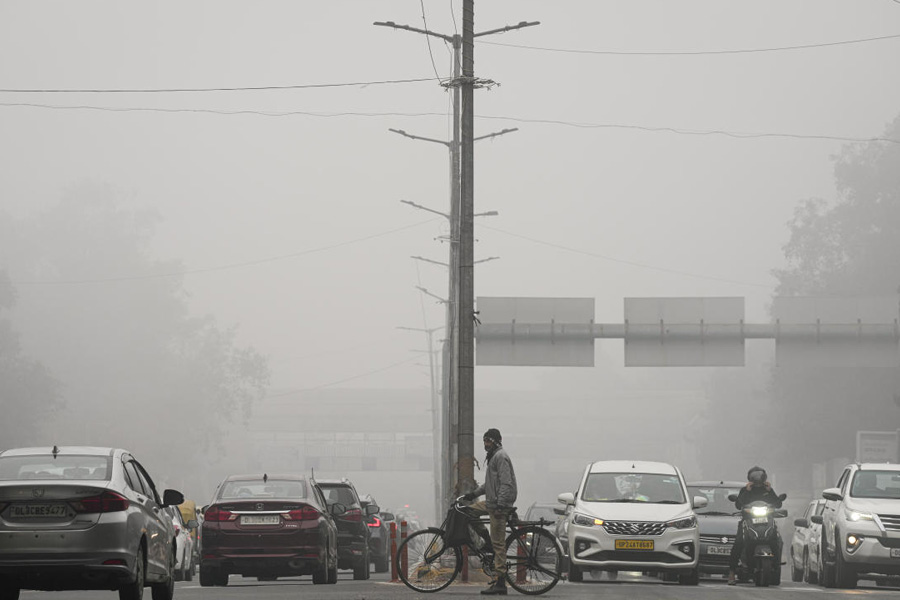The announcement of a 25 per cent tariff on cars and components by the US has negatively impacted several automobile stocks on Thursday, even as analysts estimate the impact of the decision to be minimal.
There is, however, a lingering concern over how reciprocal tariffs, set to be announced on April 2, 2025, will unfold.
The Nifty Auto index was down 1.04 per cent at the end of the day’s trade on Thursday, primarily dragged by Tata Motors, whose scrips were down 5.47 per cent.
Among the automobile component makers, on whom the tariff impact is anticipated to be higher, Samvardhana Motherson, Bharat Forge, Sona BLW Precision Forging stocks were down 2.62 per cent, 2.32 per cent and 6.20 per cent, respectively.
For Tata Motors, the impact is expected to be on account of Jaguar Land Rover (JLR), with around 22 per cent of the retail sales of the carmaker estimated to be in the US, where the cars are being imported from its global factories.
Eicher Motors stocks were also in the red as the Royal Enfield motorcycle maker may see some impact.
Small impact, big opportunity
Notably, Trump has not singled out any country in this latest tariff announcement. Since the 25 per cent tariffs apply across the board, all exporting countries face the same hurdle.
Analysts on Thursday said that the low exposure of the US in India’s global auto trade minimises the impact unlike other Asian and European peers while also opening space for increasing India’s market share in the components sector.
At the HS2 code level, India exported $2.6 billion worth of automobiles and auto components to the US in FY24, which was around 13 per cent of India’s total exports of around $20.9 billion in this category.
Cars and motorcycles were a very small part of India’s auto trade. But auto components form almost 80 per cent of the trade estimated at $2.1 billion in FY24 (see chart).
“From a macro lens, even under an extreme-case scenario where $2.6 billion of auto exports are fully tariffed at 25 per cent, the theoretical export loss to India would be around $650 million — a mere 0.09 per cent of India’s total merchandise exports, and around 0.02 per cent of GDP,” said Arsh Mogre, economist, institutional research PL Capital Group — Prabhudas Lilladher.
Mogre said that in practice US firms will be unable to instantly decouple from existing Indian suppliers without incurring steep transition costs.
Moreover, the announced tariffs coincide with broader US tariffs on Canada, Mexico and China, disrupting deeply integrated North American supply chains and raising landed costs by $4,000–6,000 per vehicle.
“This opens space for Indian component makers — particularly those with technological capabilities, scale and local US presence to gain share over a 12–24 month horizon,” said Mogre.
GTRI founder Ajay Srivastava gave a similar view. “With its competitive advantage in labour-intensive manufacturing and competitive import tariff structures, India could increase its market share in the US over time,” he said, adding that rather than retaliating, the Indian government should view the tariff move as a neutral or even mildly advantageous event in the long term.
Even as the US and India continue to negotiate a bilateral trade agreement, Srivastava cautioned that preserving the country’s domestic automobile sector should be of vital importance for the Union government.
Citing an example of Australia, Srivastava said, when Australia reduced its import tariffs from 45 per cent to 5 per cent in the late 1980s, it paved the way for the eventual collapse of its domestic auto manufacturing industry.
“With the Indian auto sector contributing nearly one-third of the country’s manufacturing GDP, any similar misstep must be avoided. Preserving the stability of the Indian auto sector is vital,” he said.
JATO Dynamics India president and director, Ravi G Bhatia, said India has not been singled out with Trump’s tariff, which also applies to the country’s competitors.
“This step will hit for sure, but it is not a ‘Tsunami’. It is not too much of a big hit and Indian suppliers will work out how to retain their market share in the US,” he said, adding that as the situation is developing, it is too early to jump to a conclusion.
Bhatia expressed confidence that India’s low-cost manufacturing will become even more advantageous as a 25 per cent increase in tariff will only push up vehicle prices in the US.
Trump’s tariff tactics is aimed at making companies set up their manufacturing units in the US.
South Korean automotive giant Hyundai has already announced $21 billion investments in the US across its businesses to minimise the tariff impact.


